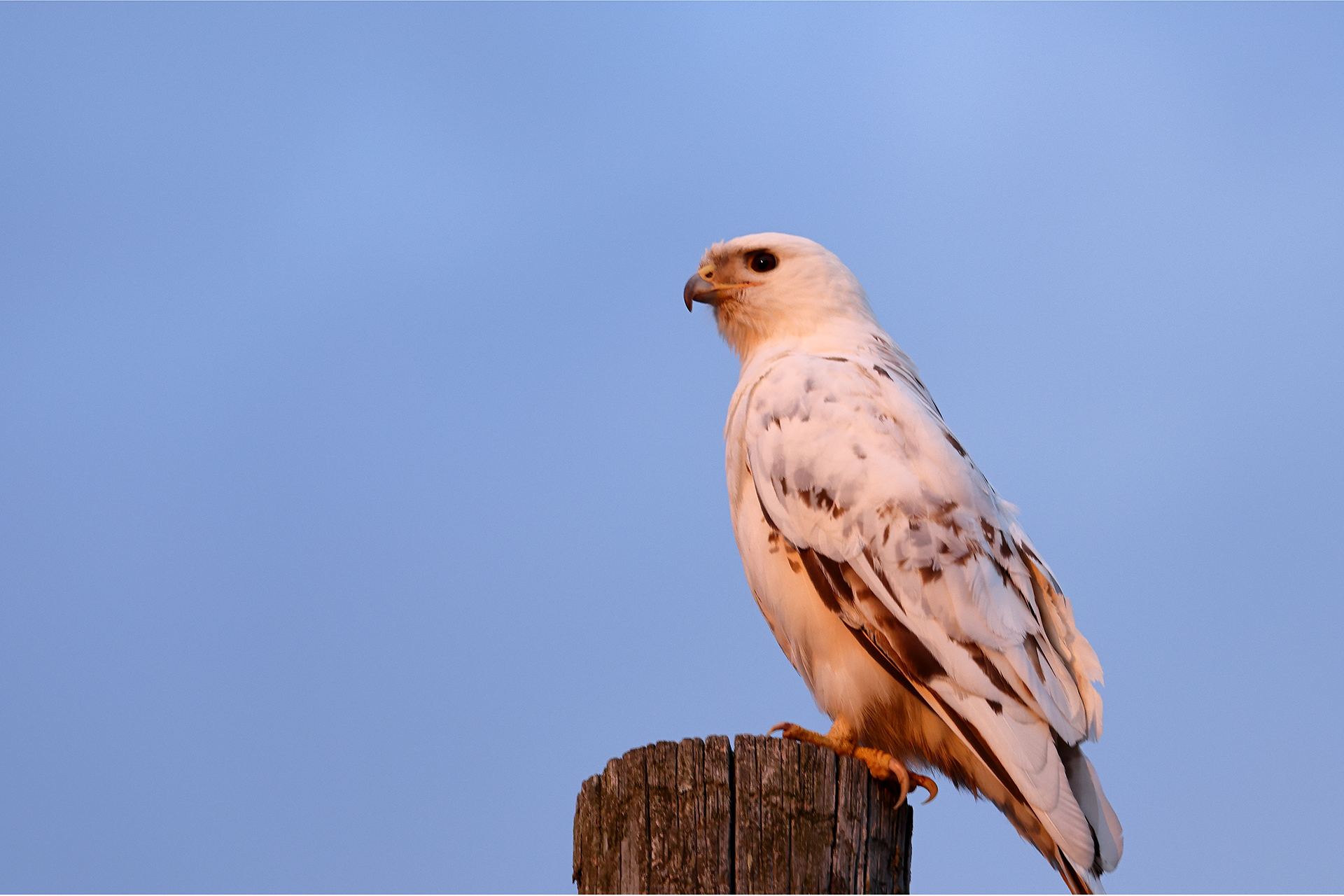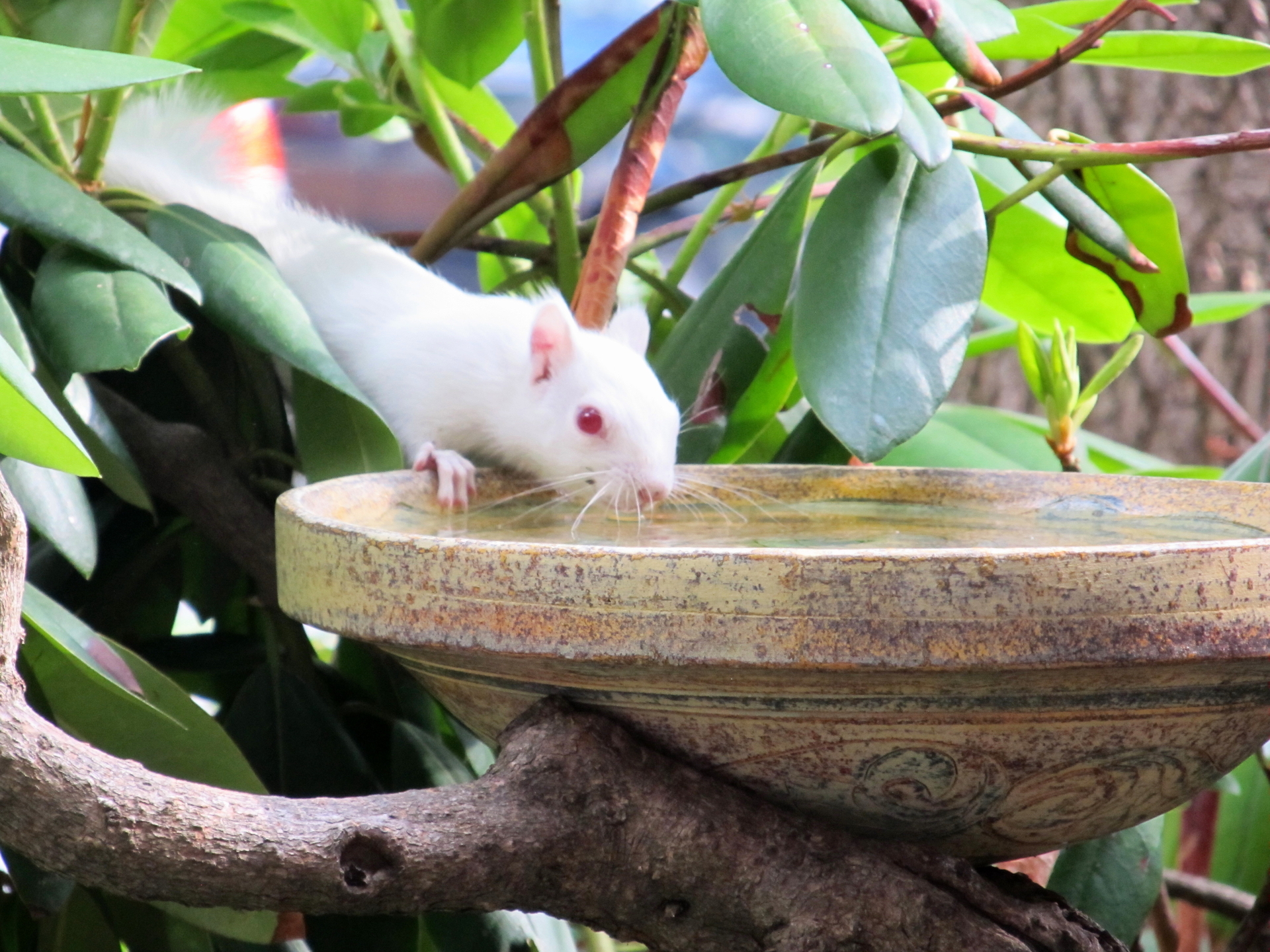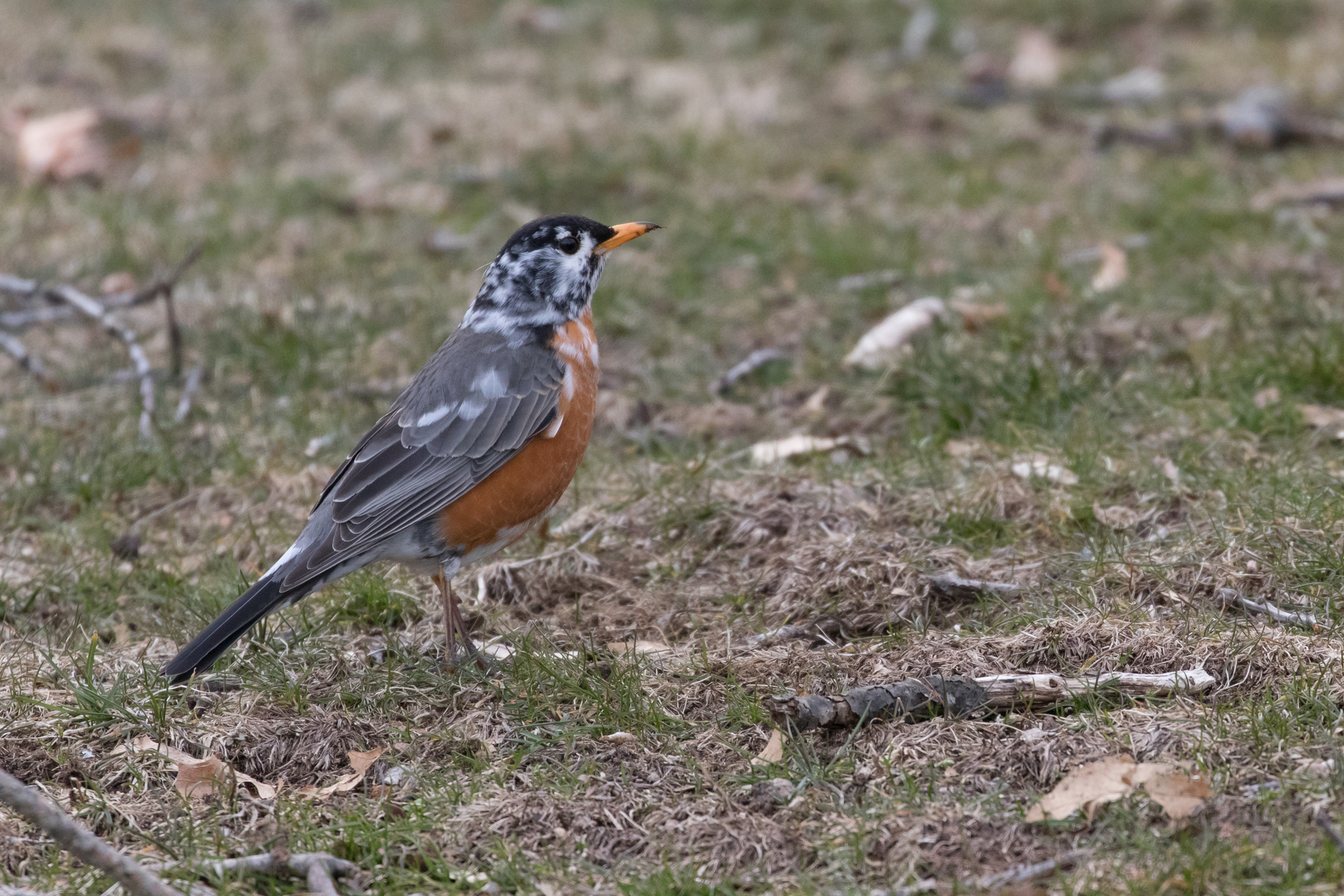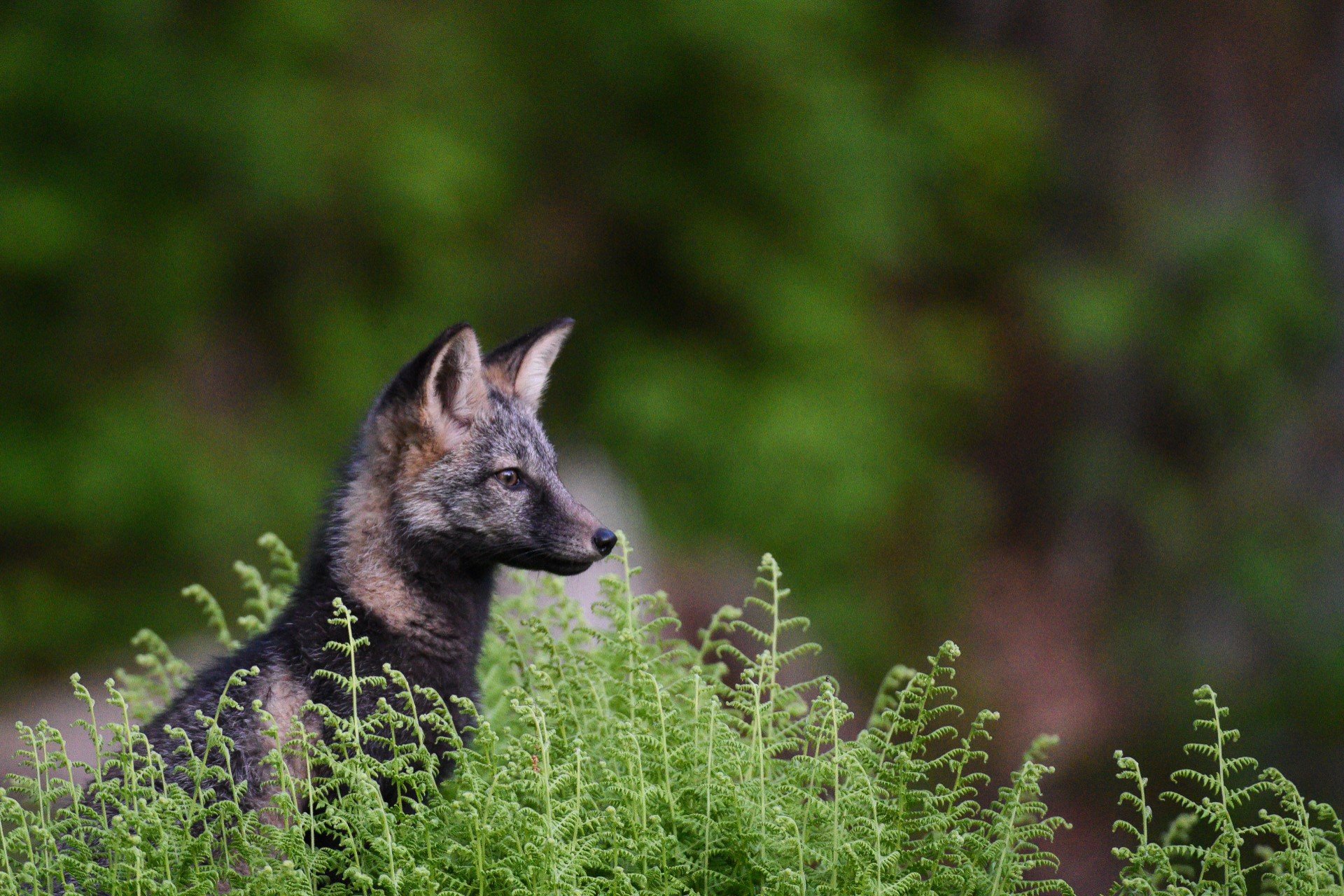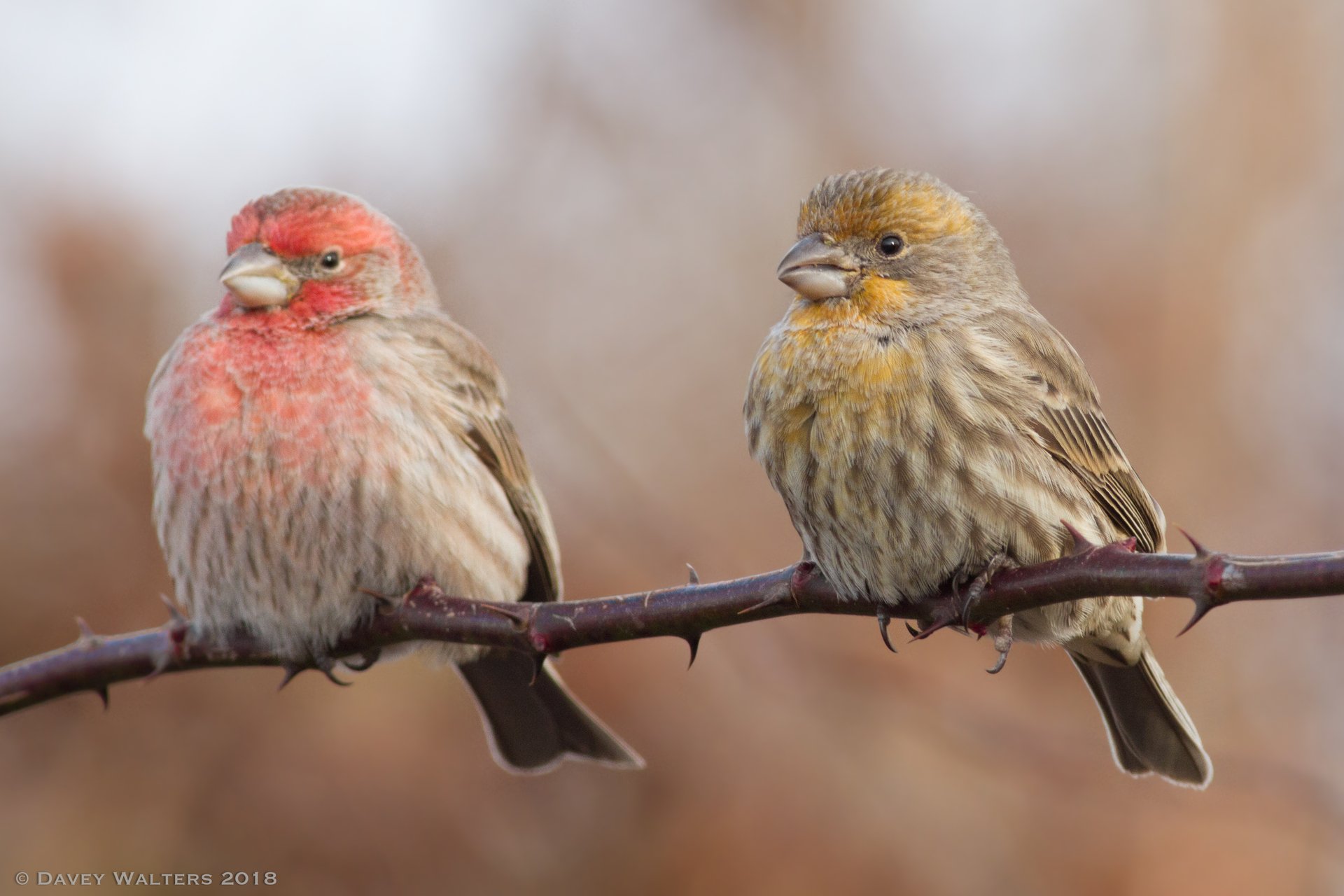Surprising Animal Color Abnormalities
Every now and then you may see an animal or bird that looks like a member of a familiar species, but with a twist: it’s much darker or lighter than normal. What’s the story behind this unusual coloration?
Birds' plumage can sometimes vary due to an excess, or a deficiency, of color pigment in some or all of the feathers. Pigments are compounds that determine the color in birds' feathers.
Albinism
Albinism is a genetic abnormality that results in a complete lack of pigmentation in feathers, eyes, skin, and bill. The result is a completely white animal with a pinkish tint caused by blood vessels showing through colorless skin.
Leucism
The outward appearance of leucistic individuals can vary considerably. Leucistic animals have a mutation that reduces the amount of melanin and other pigments in their fur, feathers, or skin (but not eyes). "Leucinos" may appear virtually pure white but still possess "normal-colored" eyes and skin; they may possess only a single white feather but otherwise appear normal; or they may exhibit partially white plumage anywhere in between these two extremes.
Many older publications refer to this condition as "partial albinism" but, the correct term is leucism.
Melanism
The presence of excessive amounts of melanins (dark pigments) can cause light-colored bird feathers to vary from brown to black. Melanism is less common than albinism and leucism.
When creatures are much darker than is typical for their species, it’s because they have more melanin—a group of dark pigments—in their skin, feathers, or fur. The resulting condition is called melanism.
Dilution
A bird with a decreased amount of pigmentation resulting in a pale or washed-out appearance has a condition, referred to by Dr. P.A. Buckley, an avian geneticist, as dilution.
Red and Yellow Variations
Creatures may also vary in the amount of red and yellow pigments they display. Genetics can play a role in these differences, but diet is also an important factor. House finches, for example, get their red coloration from pigments called carotenoids in their food. When their diet is poor in these substances, they are yellow instead of red.
Diet can also cause yellow feathers to turn orange. Cedar Waxwings, for example, usually have yellow tail tips. But when they dine on invasive honeysuckle berries during a key part of the feather growth cycle, their tails turn orange.
Fright Molt
Occasionally some birds (e.g. Black-capped Chickadees) are seen showing an entirely white tail. While leucism could be responsible for this, it can also be caused by the loss of the tail to a predator. The new "replacement" tail occasionally grows lacking pigment.
A Rainbow of Colors Found in Nature
There are many other reasons why a creature may look a little different from the one in your field guide. For example, pollution or normal wear and tear on a bird’s plumage can also change its appearance. No matter the cause, these stunning variations help us sharpen our identification skills so that we're not left stumped in the field. Learn more about the birds found in Massachusetts and how to properly identify them today.
Stay Connected
Don't miss a beat on all the ways you can get outdoors, celebrate nature, and get involved.



